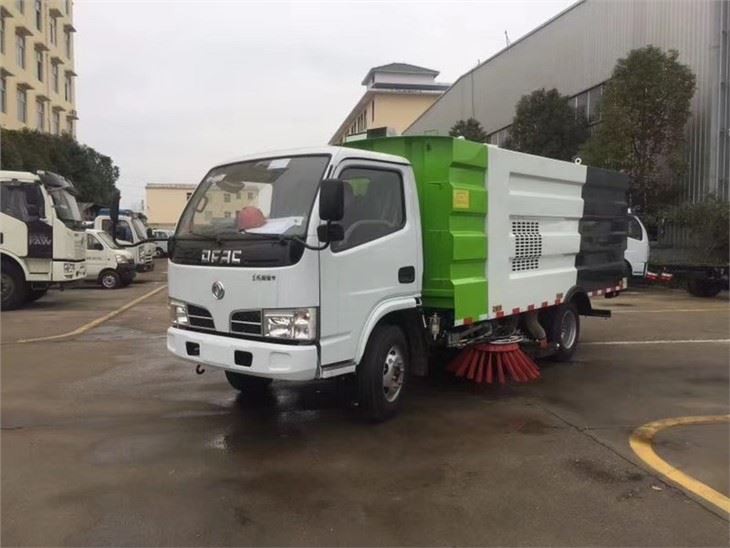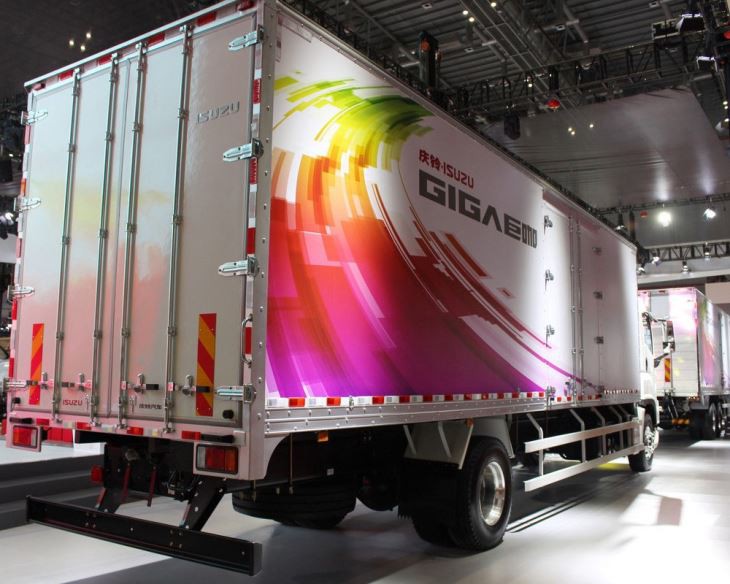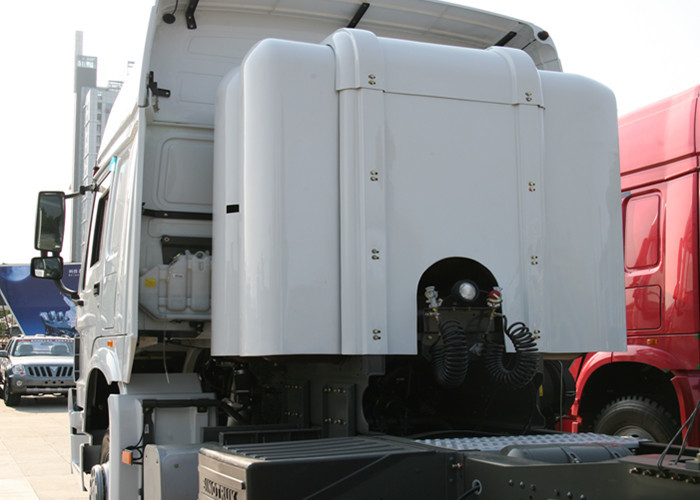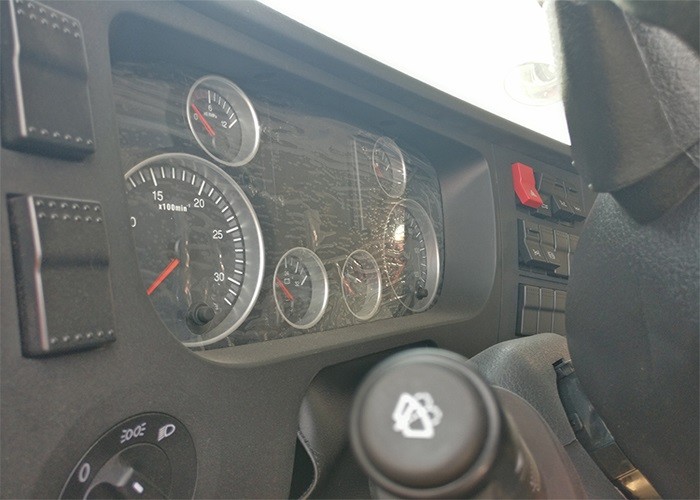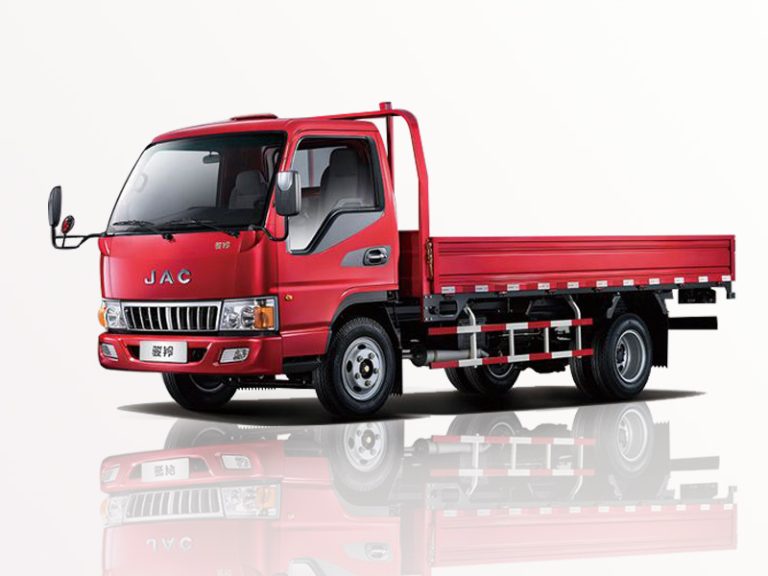In the modern landscape of waste management and transportation, the hook lift body truck stands out as a versatile workhorse. This article will delve into every aspect of the hook lift body, covering its design, functionality, applications, and advantages. Whether you are a fleet manager, business owner, or simply curious about this equipment, this guide aims to provide you with the information you need.
What is a Hook Lift Body Truck?
A hook lift body truck is a specialized vehicle designed for transporting various types of containers and bodies. Equipped with a hook-lift system, it can easily load, unload, and swap different bodies, making it an efficient option for a wide range of applications.
Components of a Hook Lift System
- Chassis: The main frame that supports the body and all components.
- Hydraulic System: Powers the hook lift mechanism for lifting and lowering containers.
- Hook Lift Arm: The mechanical arm that grabs and secures the container.
- Container: The body that carries the load, which can vary in purpose, such as a dumpster, flatbed, or tanker.
How Hook Lift Body Trucks Work
The functionality of hook lift body trucks is centered around a hydraulic hook lift system. This system allows the truck to pick up and release interchangeable containers, providing flexibility in operations.
Step-by-Step Operation
- Position the truck near the container.
- Lower the hook lift arm and attach it to the container’s designated latch.
- Lift the container using the hydraulic system.
- Transport the loaded container to the desired location.
- Lower the container and detach the hook lift arm.
Types of Containers Used with Hook Lift Body Trucks
Hook lift trucks can accommodate a variety of containers designed for specific needs. Below are some common types:
| Container Type | Description | Typical Use Cases |
|---|---|---|
| Flatbed | A flat platform without sides or a roof. | Transporting machinery or large materials. |
| Dump Trailer | A container that can be tilted to unload its contents. | Construction debris, sand, or gravel. |
| Compactor | A container that compacts waste for easier transportation. | Heavy-duty waste management. |
| Tanker | A container designed for transporting liquids. | Hazardous materials, water, or fuel. |
Applications of Hook Lift Body Trucks
Hook lift body trucks are utilized in various sectors due to their adaptability and efficiency.
1. Waste Management
In waste management, these trucks are exceptional for transporting dumpsters to and from job sites. Their ability to switch containers quickly allows waste management companies to streamline their operations.
2. Construction
Construction sites benefit from hook lift trucks as they can easily transport building materials and equipment. Their capability to load and unload multiple types of containers makes them invaluable for project management.
3. Delivery Services
Businesses engaged in delivery services can use hook lift trucks to deliver specific loads, such as furniture or appliances. Their flexibility in switching containers enhances delivery operations.
4. Landscaping
Landscapers often use hook lift trucks to move soil, mulch, or debris containers. The ability to quickly change containers minimizes downtime on landscaping projects.
Advantages of Hook Lift Body Trucks
Investing in a hook lift body truck brings various advantages. Here are some key benefits:
1. Versatility
Hook lift body trucks can handle multiple container types, allowing businesses to adapt to various needs.
2. Increased Efficiency
Quickly switching between containers improves turnaround times and boosts overall productivity.
3. Reduced Costs
By consolidating transport needs into one vehicle, businesses save costs on purchasing multiple specialized trucks.
4. Compact Design
Hook lift trucks are typically smaller than traditional trucks with fixed bodies, allowing them to maneuver easily in tight spaces.
Choosing the Right Hook Lift Body Truck
Key Considerations
When selecting a hook lift body truck, consider the following factors:
- Payload Capacity: Ensure the truck can handle the expected load.
- Container Compatibility: Verify that your desired container types will fit and function correctly.
- Hydraulic Power: Choose a truck with sufficient hydraulic capabilities for your operations.
- Durability and Build Quality: Invest in a robust model that’s built to withstand tough conditions.
Top Brands to Consider
Several reputable brands manufacture hook lift body trucks, including:
- Peterbilt
- International
- Kenworth
- Freightliner
Maintenance Tips for Hook Lift Body Trucks
Proper maintenance is crucial to ensure the longevity and efficiency of hook lift body trucks.
Regular Inspections
Conduct routine inspections of the hydraulic system, hook lift arm, and chassis. Look for signs of wear or damage.
Hydraulic Care
Regularly check hydraulic fluid levels and replace filters as needed to maintain optimal performance.
Cleansing and Lubrication
Keep the truck and its components clean. Apply lubricant to moving parts to ensure smooth operation.
Common Issues and Solutions
Like any machinery, hook lift body trucks may experience issues. Here are common problems and how to address them:
1. Hydraulic System Failures
If you notice a lack of power or slow operation, check fluid levels and look for leaks.
2. Rust and Corrosion
Protect the truck from the elements. Use rust-proof paint and regularly clean it to prevent corrosion.
3. Container Misalignment
If containers do not align, inspect the hook lift arm for damage and adjust as necessary.
FAQs about Hook Lift Body Trucks
1. What is the typical lifespan of a hook lift body truck?
On average, a well-maintained hook lift body truck can last anywhere from 10 to 15 years, depending on usage and maintenance practices.
2. Can I use a hook lift truck for towing?
Hook lift trucks are not primarily designed for towing; their main function is to transport containers. If towing is required, consider specialized tow trucks.
3. What types of industries commonly use hook lift body trucks?
Industries that frequently utilize hook lift trucks include waste management, construction, delivery services, and landscaping.
4. Are hook lift body trucks easy to operate?
Yes, most hook lift trucks are equipped with user-friendly controls, making them relatively easy to operate even for those with minimal experience.
5. How do I find the right hook lift body truck for my business?
Evaluate your specific needs regarding payload, container types, and frequency of use, then consult with dealers or industry experts for recommendations.
6. What maintenance is required for a hook lift body truck?
Key maintenance tasks include regular inspections, checking hydraulic fluid levels, cleaning components, and replacing parts as needed.
